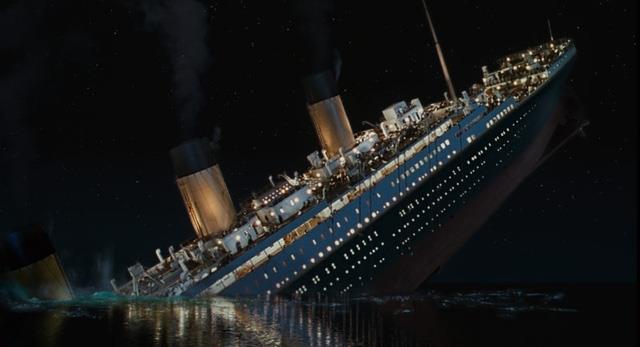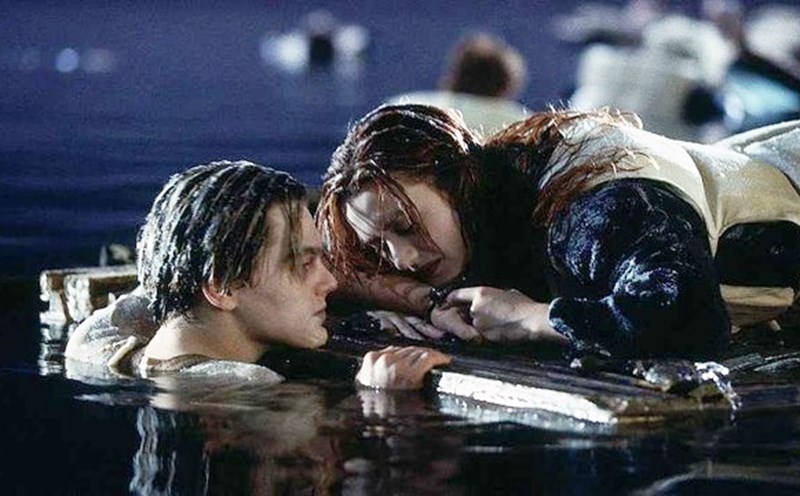According to IFLScience, more than 1,500 people died in the Titanic drowning tragedy. The reason why human remains were not found inside the ship was related to biological and environmental factors at the bottom of the ocean.
Why haven't you found the remains of a person on the Titanic?
The ship ship ship subsidence of Titanic in12 killed more than 1,500 people and seems to have completely disappeared in the ocean. In fact, the ship owner Titanic is currently located at a depth of about 3,800 meters on the bottom of the Atlantic Ocean, where environmental conditions are extremely harsh on the human body.
Dr. Gene Feldman, an oceanographic scientist at NASA, once explained: "At that depth, the pressure is extremely high, the water is very cold and there is very little oxygen. This is an ideal environment for metals to erode, but it is also a place where microorganisms that specialize in breaking down carcass work strongly".

In other words, that deep environment is a real flesh-eating ecosystem: no light, temperatures below 2 degrees Celsius, hundreds of times higher than the sea surface. However, there are all kinds of creatures, from bacteria to dead carp eaters, that have consumed all the rest of the human body.
During the study, some explorers thought they had found traces that could be remains.
In 2004, a team of famous Titanic historian Robert Ballard, who discovered the wreck in 1985, discovered pairs of shoes lying next to each other on the bottom of the ocean. This suggests that there may have been human bodies lying there before.
However, Ballard asserted: "We have not seen any bones or remains. Maybe they have been completely destroyed by microorganisms, or disbanded due to harsh environments."
According to the Woods Hole Institute of Oceanography (USA), at a depth of nearly 4,000 meters, bacteria and marine creatures such as bottom crabs, sea worms... can degrade the human body within a few days to a few weeks. Bones, which are the hardest part of the human body, do not survive long in an environment with cor cor cor cor cor coroded saltwater.
Humanitarian and legal reasons
Although the Titanic wreck was discovered in 1985, many areas of the ship have not been fully accessed, partly for humanitarian reasons.
Many experts, including governments of countries and world heritage organizations, consider Titanic a "collective tomb at sea" - a place that needs to be respected.
In 2012, the US and UK governments signed a treaty to protect the shipwreck of the Titanic, prohibiting excavation or relocation of the remains that could be bodies, unless otherwise provided for special reasons and strictly permitted.
This also explains why, even if there are traces, people still choose not to continue digging deep into areas where there are suspicions of remains.
So how have humans "disappeared"?
According to the researchers, if the bodies sank immediately after the accident and were near the wreck area, they could be completely destroyed by hydrocardial bacteria and seabed creatures. If the bodies had drifted far away, they could have floated and sunk in other places that no one had yet discovered.
In addition, some bodies were recovered immediately after the accident by search vessels such as the CS Mackay-Bennett and were taken to the burial site. In total, only 337 bodies out of more than 1,500 victims were found, the rest will never be known.
Perhaps many people have died inside the Titanic, but the harsh laws of nature at the bottom of the ocean have "erased" all traces of humans. In addition to respect for the deceased, finding the remains on this legendary ship will probably be impossible forever.










